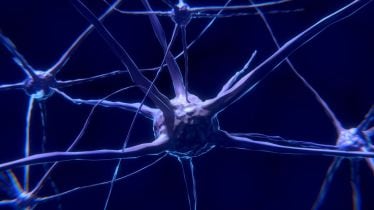In a shocking incident, a man in Florida’s Charlotte County died after being infected by a rare ‘brain-eating’ amoeba. Reportedly, Florida’s Health Department officials maintained that the infection was caused by sinus rinse practice by the man using tap water.
The ‘brain-eating’ amoeba also known as Naegleria fowleri is a shapeshifting amoeboflagellate excavate. ‘Brain-eating’ amoeba is a bacteria-eating microorganism that can be pathogenic. It can cause an extremely rare, sudden, severe, and usually fatal brain infection called naegleriasis or primary amoebic meningoencephalitis (PAM).
‘Brain-eating’ amoeba is usually found in bodies of warm freshwater such as ponds, lakes, rivers, hot springs, warm water discharge from industrial or power plants, geothermal well water, poorly maintained or minimally chlorinated swimming pools, water heaters, soil, and pipes connected to tap water.
Earlier, the department had issued an alert warning the locals about the ‘brain-eating’ amoeba. In December last year, a South Korean man who returned from Thailand died from an infection caused by the ‘brain-eating’ amoeba. According to reports, the South Korean man started showing symptoms like meningitis – headaches, fever, vomiting, slurred speech, and stiffness of the neck – on the evening of his arrival and died 11 days later. The cause of death was confirmed after a post-mortem investigation.
How does ‘brain-eating’ amoeba infects?
As the ‘brain-eating’ amoeba is found in warm water bodies, it can come in contact with humans mostly when they clean their noses and sinuses with water contaminated with the amoeba. The amoeba follows the internal pathways through the nose, reaches the brain, and starts destroying its tissues. According to health officials, this type of infection is extremely rare. “Infection with Naegleria fowleri is EXTREMELY RARE and can only happen when water contaminated with amoebae enters the body through the nose,” the Florida Health Department said in a tweet.
Also, a person will not be infected by drinking contaminated water, the department added.
Symptoms
Headache, fever, vomiting, slurred speech and stiffness of the neck are some of the symptoms observed in this condition. The Centers for Disease Control and Prevention (CDC) has tallied 157 PAM infections in the U.S. between 1962 and 2022, with only four known survivors.
The CDC says the disease progresses rapidly and usually causes death within about five days of symptom onset.
Later symptoms can include stiff neck, confusion, seizures, hallucinations and coma.
Treatment
According to CDC, PAM is treated with a combination of drugs, often including amphotericin B, azithromycin, fluconazole, rifampin, miltefosine, and dexamethasone.
But there is no long-lasting treatment available so far.
